Number of vehicles per person is still down from its maximum in 2006
Green Car Congress
MARCH 11, 2020
In the previous analysis , I examined the data from 1984 through 2017. The focus in this series is on vehicles per person, as opposed to total number of vehicles (which depends, in part, on the continuously increasing size of the U.S. The main findings (summarized in the table below) are as follows: Vehicles per person increased by 18.2%

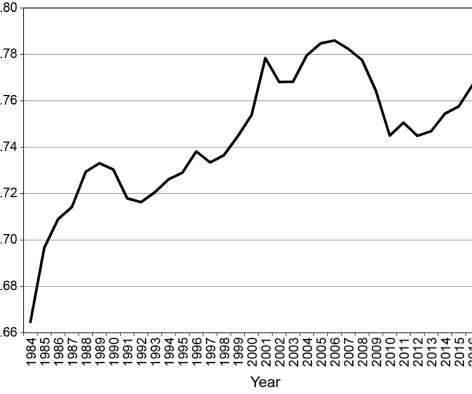





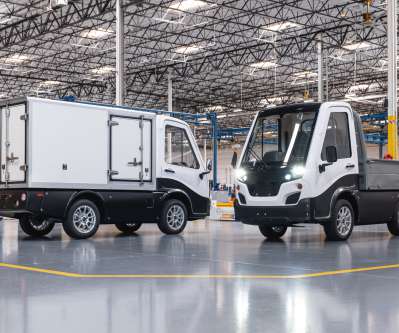
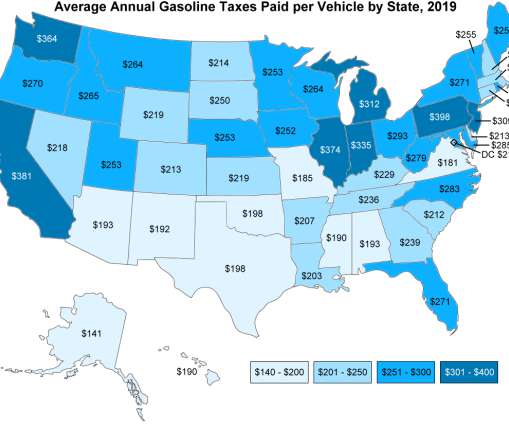


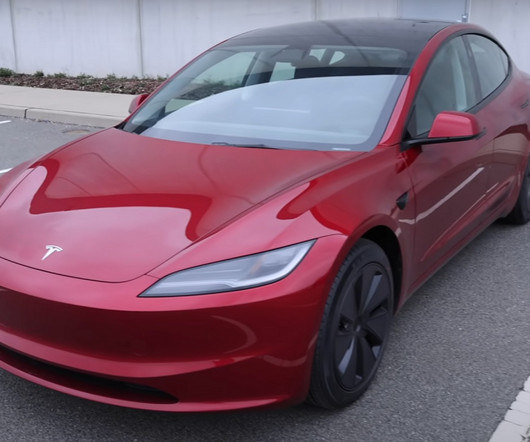
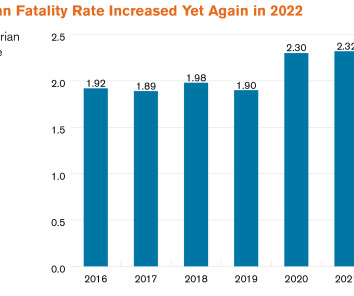











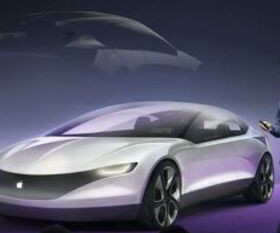

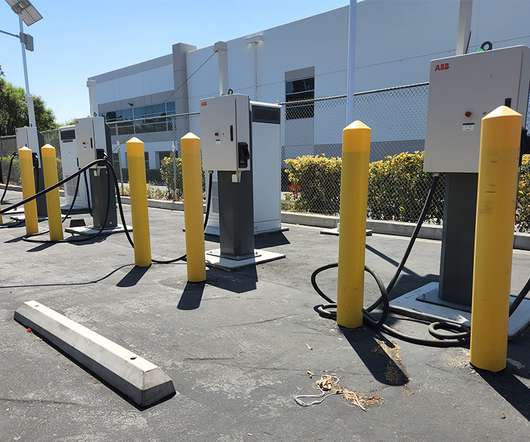
















Let's personalize your content